Doing Digital Visual Studies: One Image, Multiple Methodologies
Edited by Laurie E. Gries and Blake Hallinan.
Web Design by Aaron Beveridge.
In taking up Shepard Fairey's Obama Hope design as a single object of study, Doing Digital Visual Studies experiments with and reflects upon various methodologies and methods to explore how “the digital” is inflecting upon visual studies and opening up opportunities for inventive, constructive, and ethical play.
-
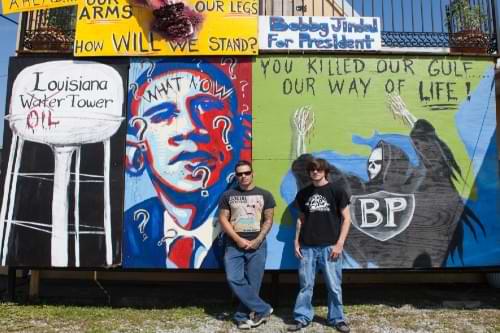
Geolocating Obama Hope:
Virtual Geosemiotics and Context Dependent Meaning
Authors: Harry Archer, Emma Collins
-

Digging Up Obama Hope:
Recovering Digital Infrastructure with Media Archeology
Author: Blake Hallinan
-
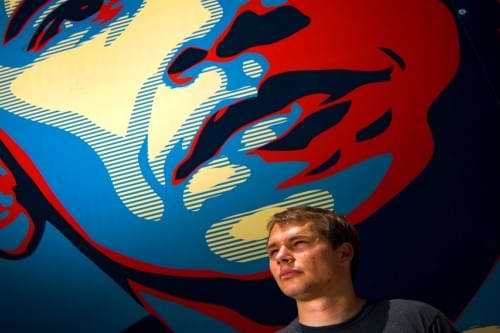
Mining Hope:
Preserving and Exploring Twitter Data for Digital Visual Studies
Authors: Aaron Beveridge, Nicholas M. Van Horn
-

Remixing Obama Hope:
Generating Counterpublic Rhetorics with Mobile Augmented Reality
Author: Jacob W. Greene
-
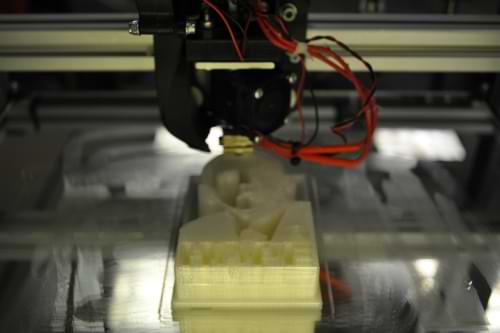
Making Hope:
Critical Making as a Multisensory Approach for 3D Printing Change
Author: Shannon Butts
-
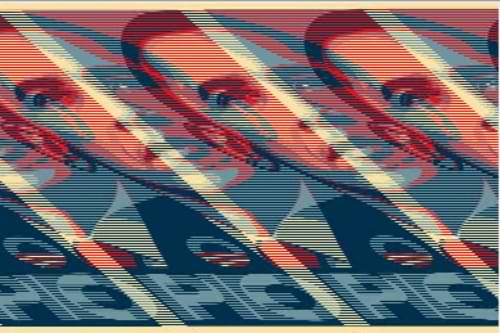
Corrupting Hope:
A Glitch-Based Approach to doing Digital Visual Research-Creation
Author: Kyle Bohunicky
-
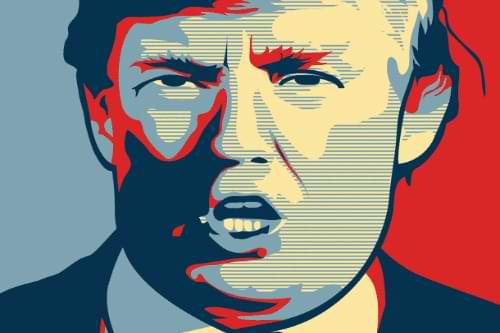
Tracking Nope:
A Critical Genre Studies Approach for New Media Rhetorics of Resistance
Authors: Phil Bratta, Laurie E. Gries
-
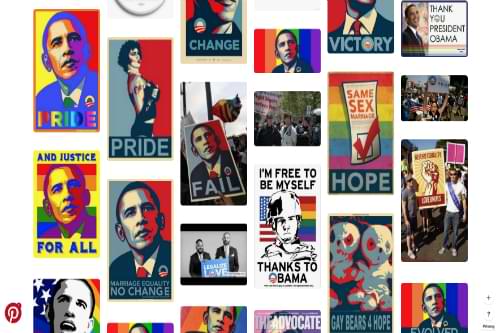
Pinning Hope:
Using Social Media to do Queer Archival Research
Author: Sarah Beck
-
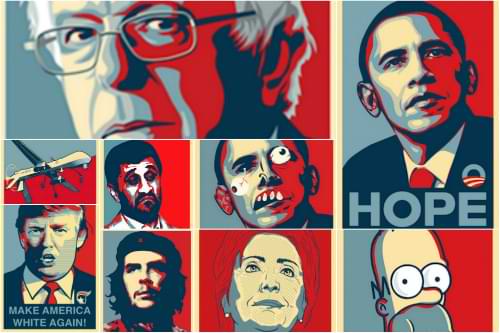
Archiving Obama Hope:
Providing Access to Data and Methods for Future Research
Authors: Kristina Bowers, Laurie E. Gries
Interlude: Interruptions into Digital Visual Studies
The "Interlude" by Gries introduces part two of this collection, explaining how the response interviews function to not only identify both the values and limitations of the experimental work in the first part of the collection but also explore the ethics of doing DVS, further explicate the hows and whys of doing DVS, and envision future directions for DVS.
-
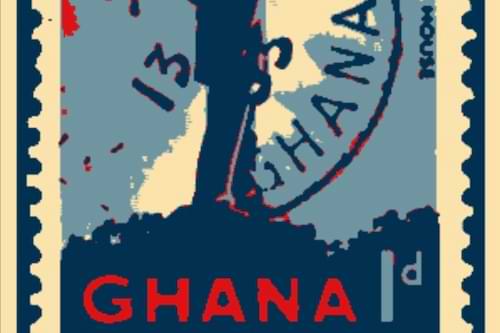
On Counterdesign, Globalizing History, and the Black Digital Humanities:
An Interview with Keon Pettiway
-
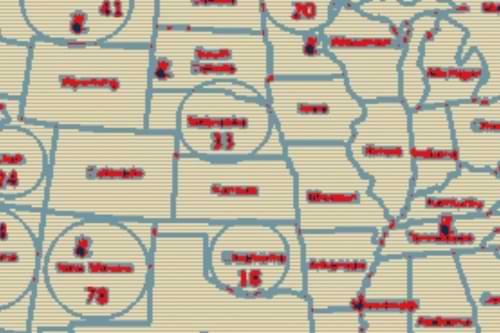
On Data Sovereignty, Counter Colonial Storytelling, and Indigenous Resistance:
An Interview with Luhui Whitebear
-
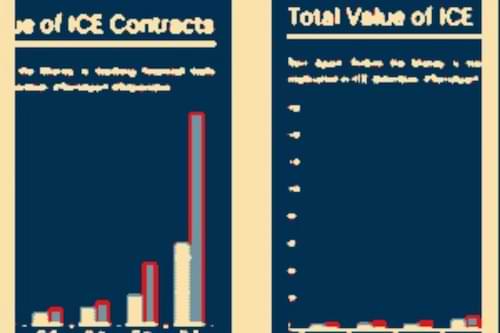
On Epistemic Action, Research Ethics, and Community Driven Collaboration:
An Interview with Roopika Risam
-

On Building Community, Shared Experiences, and Accessibility Through Collaborative History Making:
An Interview with Candice Edrington & Victoria Gallagher
-

On Digital Academic Publishing, Accessibility, and Rhetorical Invention:
An Interview with Jay Dolmage
-

On Queer play, Messiness, and Risk-taking:
An Interview with Jacqueline Rhodes
-

On Studying Visual Politics, Decentering euro-american Centric Notions of Visuality, and Jugaar (Being Resourceful):
An Interview with Rohini Singh
-

On Epistemic Disobedience, Confronting Coloniality, and Decolonizing the Visual:
An Interview with Damián Baca
-

On Doing, Unsettling, and Hope:
An Interview with Romeo García
Afterword: Methodological Diffraction in Digital Visual Studies
The "Afterword" by Gries focuses on lingering methodological questions raised by the collection. Deploying a diffractive approach, Gries identifies research patterns in the collection, ultimately advocating for scholars to amplify experimental methodological play.
Acknowledgements
This project would not have been possible without the participation of several important people. We first acknowledge the unyielding faith, persistent patience, and experiential work of the contributing DVS experimenters who Laurie Gries has been blessed to work with at the University of Colorado-Boulder and the University of Florida. Second, we thank the respondents who so generally devoted their time and energy to engage with this experimental collection and who offered oral or written feedback that diversified and intensified the potential of this collection. We also thank the Program for Writing and Rhetoric and the Communication department at the University of Colorado for supporting this project with a publication grant to pay for images licenses and a RAship to support editorship, respectively. Finally, we thank the reviewers and editors of CCDP, especially Tim Lockridge, not only for all their feedback on content and design but also their labor to help bring this collection to fruition. In conception, design, and implementation, this digital book collection is truly a collaborative endeavor, and we aim to emphasize that while Gries, Hallinan, and Beveridge are credited for co-editing and co-designing this digital book project, this collection should be attributed to all participating actors.